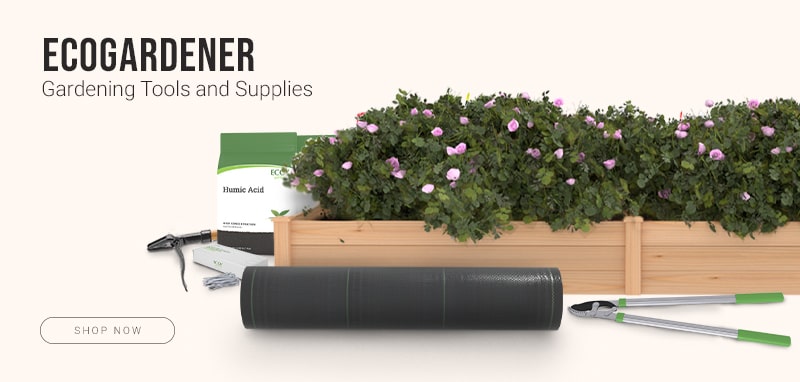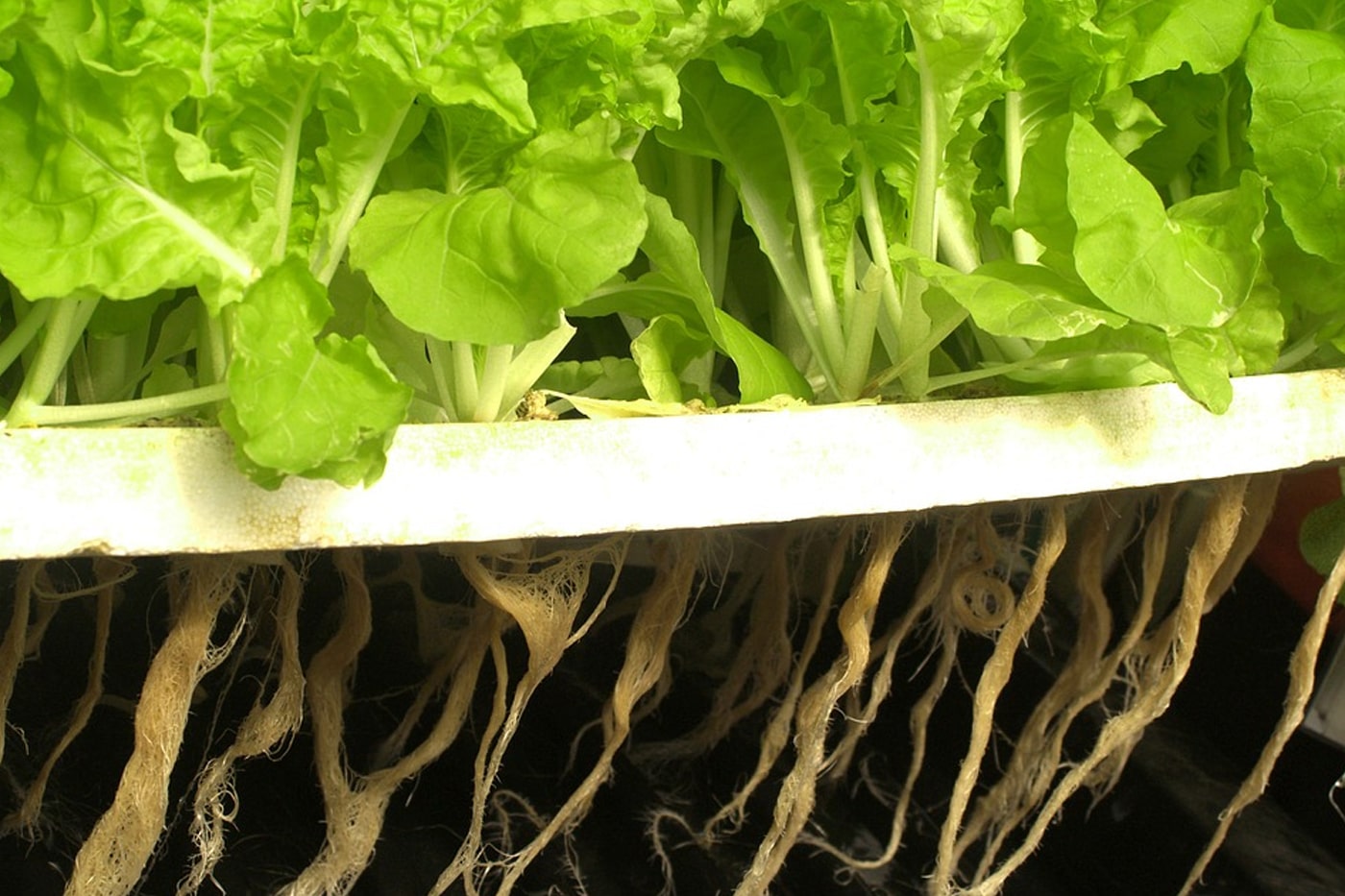Looking for urban gardening techniques? Why not give hydroponic gardening a try? One might think that gardening is strictly done using soil, but different gardening techniques skip the soil completely! One such method is called hydroponic gardening.
Hydroponics sounds like a highly complex way of growing crops, but it’s surprisingly easy. So easy that even a beginner won’t have trouble skipping the soil to grow plants indoors, including different herbs. But of course, there are also problems along the way. Gardeners should be prepared and know how to come up with the right solutions to the common problems of hydroponic gardens.
- Root rot
- Mold growth
- Plant Leaf Issues
- Pests
So if you want to try your hand at hydroponic gardening, here are some tips to keep in mind.
What is Hydroponic Gardening?

It’s a gardening technique that requires no soil to grow plants - even fruit-bearing crops! We know that plants need three things to grow in traditional gardening: water, sunlight, and soil. But these days, there are different growing mediums apart from the soil.
In the case of a hydroponic garden, the plants are grown in nutrient-rich water. Instead of soil, the water delivers the nutrients to the plant roots. Instead of compost or solid fertilizers, liquid fertilizers are dissolved in the water. Because the water does a great job of delivering nutrients to the plant roots, crops proliferate faster in a hydroponic garden. What’s more, it’s possible to grow off-season crops using this technique.
Different hydroponic gardens have different systems. Some submerge plant roots in water, while others use some kind of soil substitutes like peat moss, coconut fiber (coir), aged bark, perlite, or clay pebbles.
Advantages of Using Hydroponics

Space-efficient: Plants grown hydroponically take up 20% less space than crops grown inground. Because there’s no soil, plants require less space to grow. If you don’t have a lot of room for a garden, it’s possible to grow different plants with just a thin slice of space indoors. This goes especially if you use an herb garden kit; you can produce different herbs in small spaces.
On the other hand, if you have lots of space to spare for a hydroponic garden, you can build an ecosystem of flora. If you grow your own food, a hydroponic garden lets you produce higher yields with less infrastructure!
Water-efficient: That’s right, hydroponics lets you save more water too. Plants only need about 5% to 10% of the water used when grown inground. Because water is circulated in hydroponics, less water is lost from runoffs. Water is only lost in a hydroponic system when there’s a leak or if water evaporates. Some systems can reduce water waste further by using water condensers. The water lost through evaporation is recaptured and returned to the system!
Better control over the environment: Crops grown indoors give you more control over the growing conditions. You can control the temperature, the light intensity, and exposure, as well as the composition of the air, to optimize plant growth. You can even maintain the pH of the growing medium by measuring the quantities of nutrients to add to the hydroponic system! That’s because essential nutrients in the growing solution are fully contained, making it easier to maintain specific pH for growing crops.
Better yield: Since you can control just about everything in an indoor hydroponic system, including light exposure and duration, you can look forward to an abundant yield every harvest season! You can also grow off-season crops and enjoy more variety at the end of every growing season.
Effortless Gardening: Installing the system will take some elbow grease, but growing the plants is much easier once set up. With hydroponics, soil-borne pests become a non-issue, so is pulling out weeds by hand. When gardening in-ground, you have to constantly monitor the garden for weeds and pests because they are a part of the natural surroundings. In a hydroponic system, you don’t have to bother with weeds and soil-borne pests (unless the area becomes contaminated).
Troubleshooting Hydroponic Plant Problems

While hydroponic plants are grown relatively worry-free, some issues could potentially arise. The system is, after all, not perfect. Here are some troubleshooting tips for growing hydroponic plants:
Root Rot
Root rot can happen when carriers of pathogens have affected the hydroponic system. To prevent this from happening, you need to know what caused the infection to begin with. Common causes of root rot among hydroponic plants are:
- Fungus gnats and other pests
- Contaminated transplants
- Dormant spores
To cut the risk of root rot, keep the nutrient solution's temperature to under 75 degrees and aerate the area. Be sure that the system is sterile and disinfect tools and transplants regularly. Check the plant roots often and use dark colors or thick materials to keep the light from reaching the root systems and causing root rot.
Mold Growth / Plant Disease
Mold and mildew thrive in dark, damp environments. And once mold sets in, it will be hard to rid the system entirely because the spores could go dormant and contaminate the area again. To prevent these plant diseases, keep the airflow steady. Avoid damp areas by aerating them with a sound ventilation system.
Control the humidity by using a hydrometer, a tool that measures the room's humidity. Clean the space regularly to remove slime, which could become a breeding ground for pests and fungus.
Plant Leaf Issues
Plant diseases that attack plant leaves will only be a problem if you haven't been thoroughly disinfecting your garden. Maintaining excellent air circulation, controlling the humidity level, and preventing cross-contamination is essential in preventing diseases and pests that attack plant leaves. It's equally important to maintain the health of the plants, so they become resistant to pests.
Pests
While common garden pests are typically soil-borne, some thrive in hydroponics. Always keep an eye out for signs of an infestation. Take action no matter how seemingly minor the infection is.
Use all-natural insecticides to keep nibbling insects at bay. Neem oil, garlic oil, and vinegar make effective insecticides. Organic soap insecticides are also great to use to keep pests under control. Introduce beneficial critters so they’ll start preying on the pests. You want to keep your garden as pest-resistant as possible so avoid dankness, slime, algae, and other issues caused by extended exposure to water. These will weaken the plants and invite pests into the hydroponic garden.
Hydroponic Growing with Herb Garden Kit
Hydroponic gardening may seem like a complicated concept to some, but it’s one of the easiest and quickest ways to grow a healthy garden. With this system, it’s possible to grow different crops, including fruit-bearing plants, root crops, vegetables, and herbs. If you're interested in establishing a comprehensive herb garden, we invite you to explore our shop and browse through our selection of hydroponic supplies from reputable sources.
What are your thoughts on hydroponics? Are you willing to give it a try?




